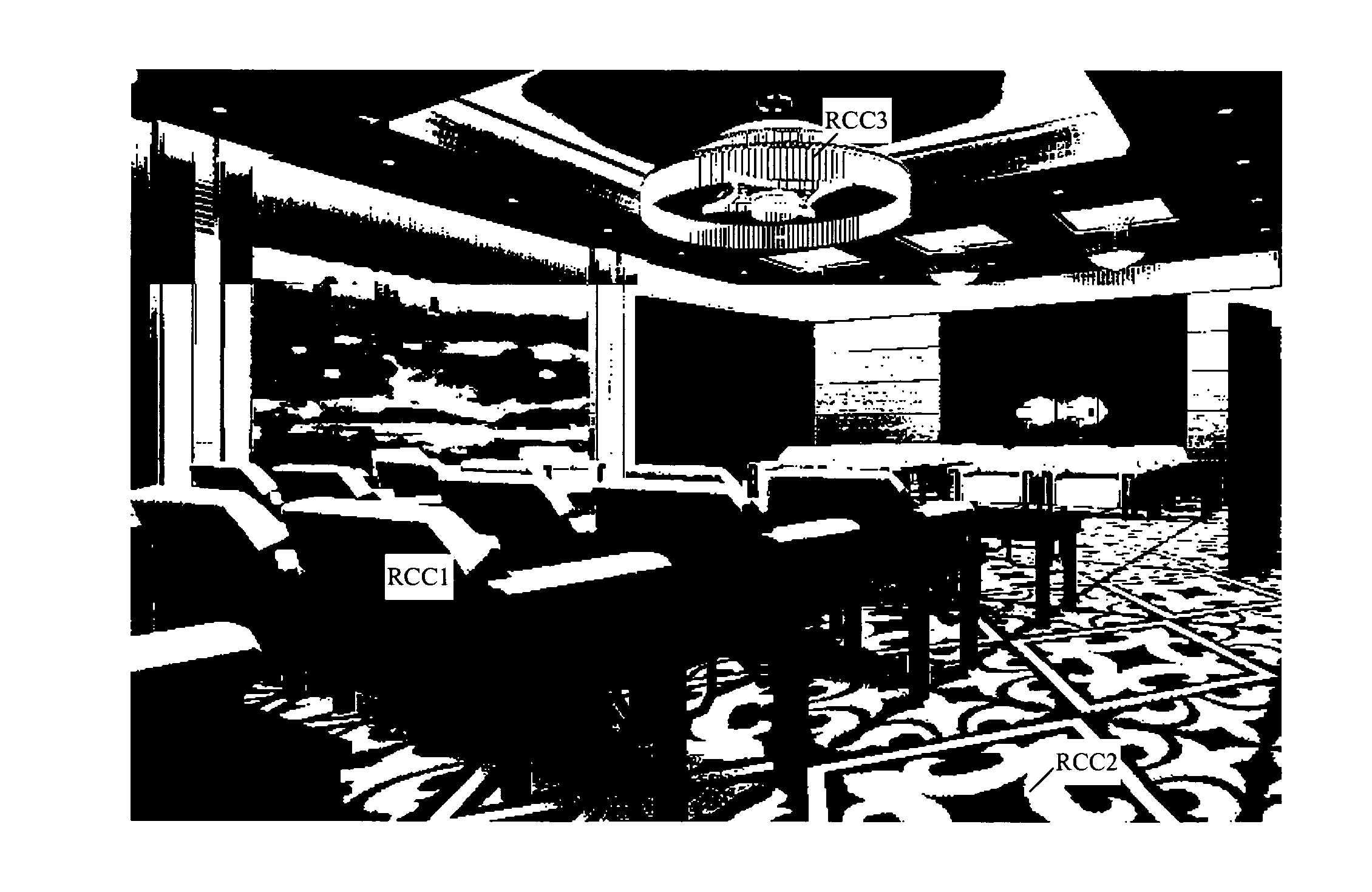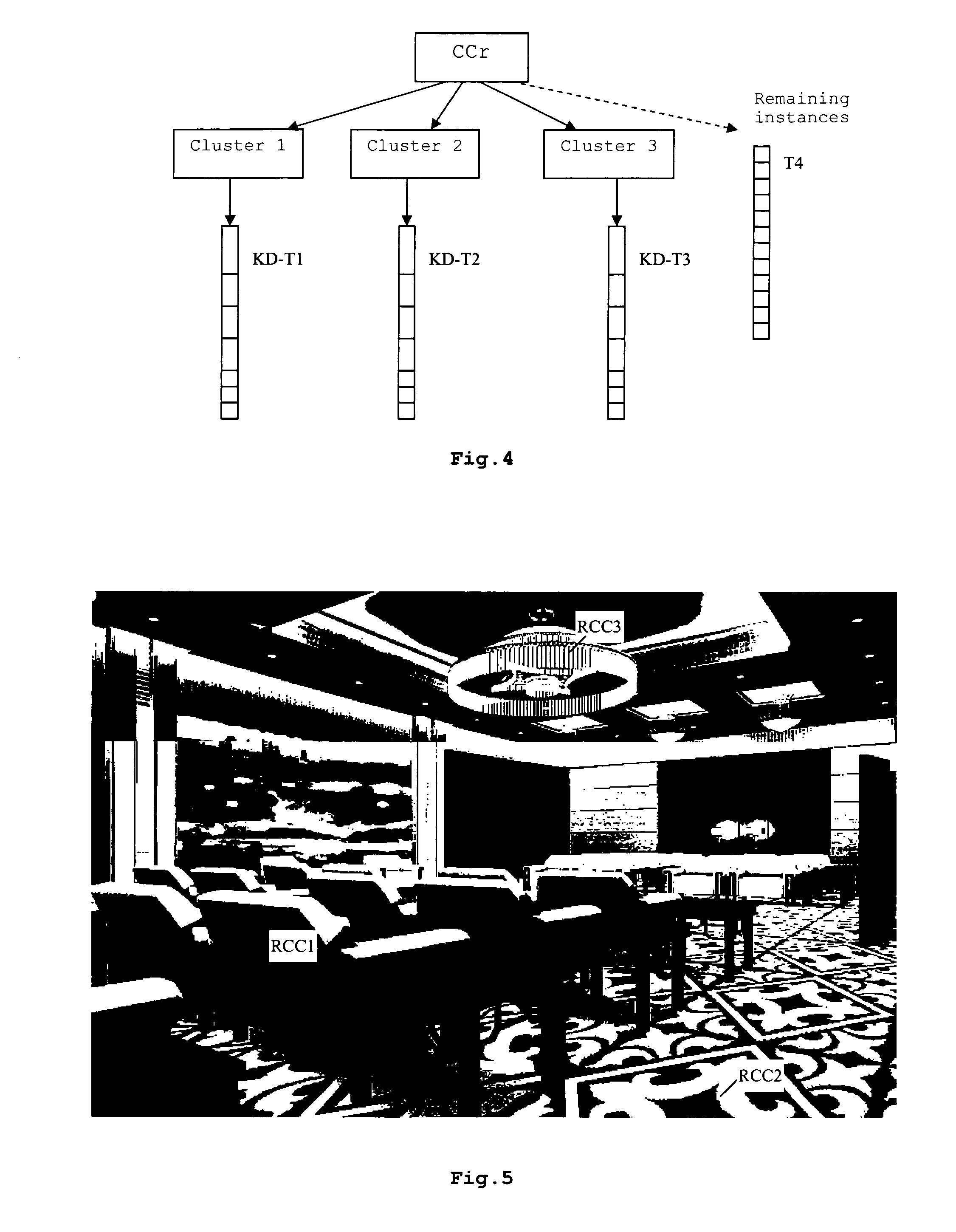Method and apparatus for encoding a mesh model, encoded mesh model, and method and apparatus for decoding a mesh model
a mesh model and encoded mesh technology, applied in the field of methods and apparatus for encoding mesh models, encoded mesh models, and methods and apparatuses for decoding mesh models, can solve the problems of consuming a large amount of storage, affecting the efficiency of the algorithm described in [og00] and the relative ineffective compression of 3d engineering models, etc., and achieve the effect of improving the efficiency of the algorithm
- Summary
- Abstract
- Description
- Claims
- Application Information
AI Technical Summary
Benefits of technology
Problems solved by technology
Method used
Image
Examples
Embodiment Construction
[0023]FIG. 1 shows exemplarily the principle of conventional KD-tree coding in a 2D case. The 2D model is enclosed by a bounding box 10, which is called parent cell. Seven vertices are positioned within the parent cell. The KD-tree encoding algorithm starts with encoding the total number of vertices using a predefined number of bits, and then subdivides the cells recursively. Each time it subdivides a parent cell into two child cells, it encodes the number of vertices in one of the two child cells. By convention, this may be the left child cell (after vertical splitting) or the upper cell (after horizontal splitting). If the parent cell contains p vertices, the number of vertices in one of the child cells can be encoded using log2(p+1) bits with an arithmetic coder. This subdivision is recursively applied, until each non-empty cell is small enough to contain only one vertex and enable a sufficiently precise reconstruction of the vertex position. For compressing the positions of all ...
PUM
 Login to View More
Login to View More Abstract
Description
Claims
Application Information
 Login to View More
Login to View More - R&D
- Intellectual Property
- Life Sciences
- Materials
- Tech Scout
- Unparalleled Data Quality
- Higher Quality Content
- 60% Fewer Hallucinations
Browse by: Latest US Patents, China's latest patents, Technical Efficacy Thesaurus, Application Domain, Technology Topic, Popular Technical Reports.
© 2025 PatSnap. All rights reserved.Legal|Privacy policy|Modern Slavery Act Transparency Statement|Sitemap|About US| Contact US: help@patsnap.com



